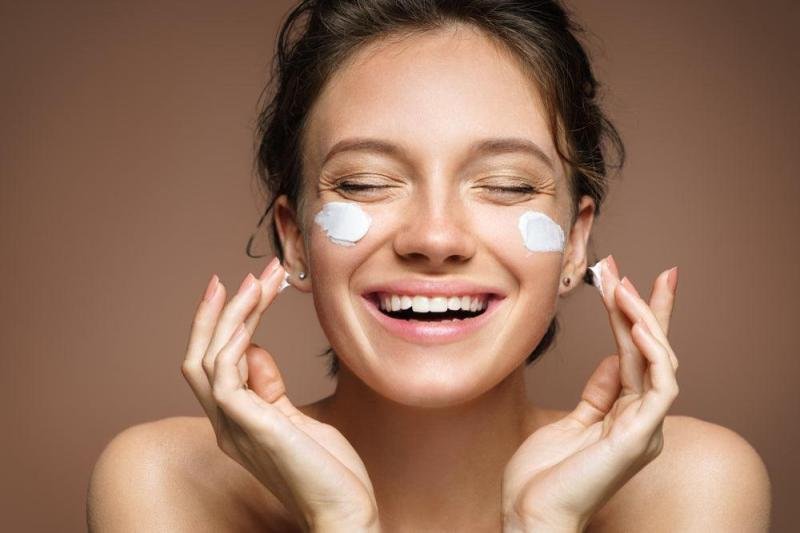The Global Anti-Aging Face Cream Market: Insights and Trends for 2025-2032
Understanding the Anti-Aging Face Cream Market
The global anti-aging face cream market is experiencing significant growth, projected to reach approximately $40 billion by 2032, up from around $22 billion in 2025, with a compound annual growth rate (CAGR) of around 7.5%. This remarkable expansion reflects the growing consumer demand for innovative, science-backed, and sustainable skincare solutions.
Major Players in the Market
Key industry giants dominating the anti-aging face cream market include:
- L’Oréal
- Estée Lauder
- Procter & Gamble (Olay)
- Unilever
- Shiseido
- Beiersdorf (Nivea)
- Johnson & Johnson
- Coty
These companies are leveraging advancements in skincare formulations and marketing strategies to capture a larger market share.
Market Segmentation and Key Features
The anti-aging face cream market is segmented based on product type and application:
Types of Anti-Aging Face Creams
- Retinol & Collagen-Infused Creams
- Peptide & Hyaluronic Acid Creams
- Organic & Natural Anti-Aging Creams
- SPF & Anti-Pollution Face Creams
- AI-Powered Personalized Skincare
Applications
The applications for anti-aging face creams include:
- Skincare & Beauty Industry
- Dermatology & Aesthetic Clinics
- Luxury & Premium Beauty Products
- Online & Subscription-Based Skincare
- Men’s Grooming & Anti-Aging Products
Current Trends Driving the Market
Market Drivers
Several trends are propelling the growth of the anti-aging face cream market:
- Demand for Innovation: There is a rising consumer appetite for cutting-edge skincare solutions.
- Awareness of Skin Health: Increased knowledge about skin health and the benefits of sun protection is driving sales.
- Preference for Natural Ingredients: Many consumers are gravitating towards natural and organic skincare products.
Market Challenges
However, the market is also facing several challenges:
- High Competition: The market is saturated with numerous brands and products.
- Regulatory Hurdles: Compliance with regulations regarding skincare claims can be complex.
- Consumer Skepticism: Many consumers are doubtful about the effectiveness of anti-aging products.
Opportunities in the Market
Emerging opportunities in the anti-aging face cream market include:
- AI in Skincare: The rise of AI-driven personalized skincare solutions.
- Men’s Skincare: A growing demand for men’s anti-aging products.
- Probiotic Formulations: The development of microbiome-based anti-aging formulations.
Regional Analysis
The market shows distinct regional dynamics:
Dominating Region: North America
North America, particularly the United States, holds the largest market share in the anti-aging face cream segment.
Fastest-Growing Region: Asia-Pacific
The Asia-Pacific region is expected to witness the highest growth rate, driven by an increasing middle-class population and rising disposable incomes.
Conclusion
The anti-aging face cream market is poised for remarkable growth in the coming years, with advancements in product formulations and heightened consumer interest paving the way. As revelations in skincare technology unfold, major players must navigate challenges while seizing opportunities to innovate and thrive in this competitive landscape.
For those interested in detailed market insights, a comprehensive report is available for further exploration.
For more information on the potential of the anti-aging face cream market and to stay updated on trends, you can visit sources such as HTF Market Intelligence.


